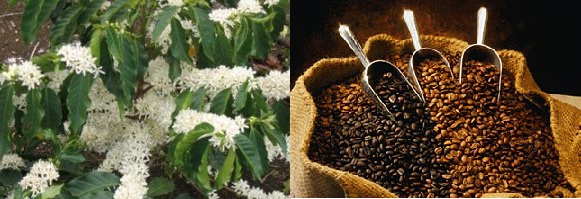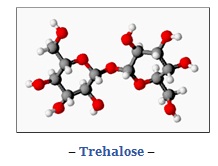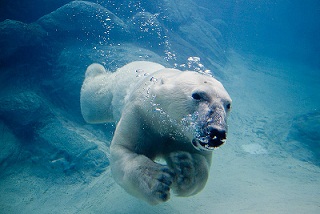Team:Mexico-UNAM-CINVESTAV/begin
From 2010.igem.org
Cold environments and the ice crystal formation are responsible of many problems in the world. In agriculture it is estimated that from 5% to 15% of production is lost due to frosts every year. This is because the formation of ice layers prevents gas interchange in plants. Some examples of these problems occur in strawberries (Fragaria vesca L.), grapes (Vitis vinifera), orange plants (Citrus sinensis L.), and cereals among others (Pankow; 1991).
One of the most affected crops in Mexican agriculture is coffee (Coffea arabiga L.). The coffee harvested in Mexico has to be at altitudes between 900m to 1800m above sea level. Since coffee is one of the most important plants in Mexican economy, this is a problem we must address (de Camargo; 2008).
At low temperatures some basic cell functions stop working properly. For instance transport of intracellular molecules to the outside of the cell becomes less efficient; rigidity of membranes increase; the molecular, genetic, and enzymatic kinetics slows down; and the nucleation of ice crystals in the cytoplasm, membrane, and extracellular medium causes all cellular functions to collapse (D’amico, et al.; 2006).
To avoid these problems, some organisms have developed different strategies. Tardigrades and some fungi among others, use sugars, specially the disaccharide trehalose. This is because it stabilizes the enzymes, proteins and dehydrated membranes. Trehalose helps avoiding the formation of ice crystals in the lipid and protein binding (Leslie, et al.; 1995).
Other organisms developed diverse proteins that contribute to the translation and transcription of the genome. They bind to RNA or DNA and help them to transcribe or translate information. (D’amico, et al.; 2006) This is the case of the Cold Shock Inducible Proteins (CSIP). These ones are overexpressed when a cold shock begins and the bacteria are in the acclimation phase. It is as if they were preparing the machinery to operate properly at a low temperature.
Another strategy that the eukaryotes use is to insert cholesterol molecules in the membrane, also porkaryotes increase content of large head lipid groups. So the fluidity in both cases increases and the membrane does not become fragile and easy to break. (D’amico, et al.; 2006) The last strategy, in which we are more interested, is the use of a group of singular proteins called Antifreeze Proteins, which motivated the model that we are going to use. In our project, we try to combine two of the strategies that Nature has developed to overcome the problem of cell and tissue freezing.
de Camargo, A. P. and de Camargo, M. B. P.; (2008); Frost in Coffee Crops: Frost Characteristics, Damaging Effects on Coffee and Alleviation Options, in Coffee: Growing, Processing, Sustainable Production: A Guidebook for Growers, Processors, Traders, and Researchers (ed J. N. Wintgens), Wiley-VCH Verlag GmbH, Weinheim, Germany. doi: 10.1002/9783527619627.ch11
D’amico, Salvino, et al; (2006); Psychrophilic microorganisms: challenges for life; European Molecular Biology Organization Vol.7 No. 4 p 385-389[1]
Leslie Samuel B., et al; (1995); Trehalose and Sucrose Protect Both Membranes and Proteins in Intact Bacteria during Drying; Applied and Environmental Microbiology; Vol. 61, No. 10[2]
Pankow J. F.; (1991); Aquatic Chemistry Concept; EUA CRC Press LLC. p.683[3]
 |
 |
 |
 |
 "
"








